How OrCam supports my ambitions as a completely blind racecar driver
2018-01-01 | By Orcam Staff
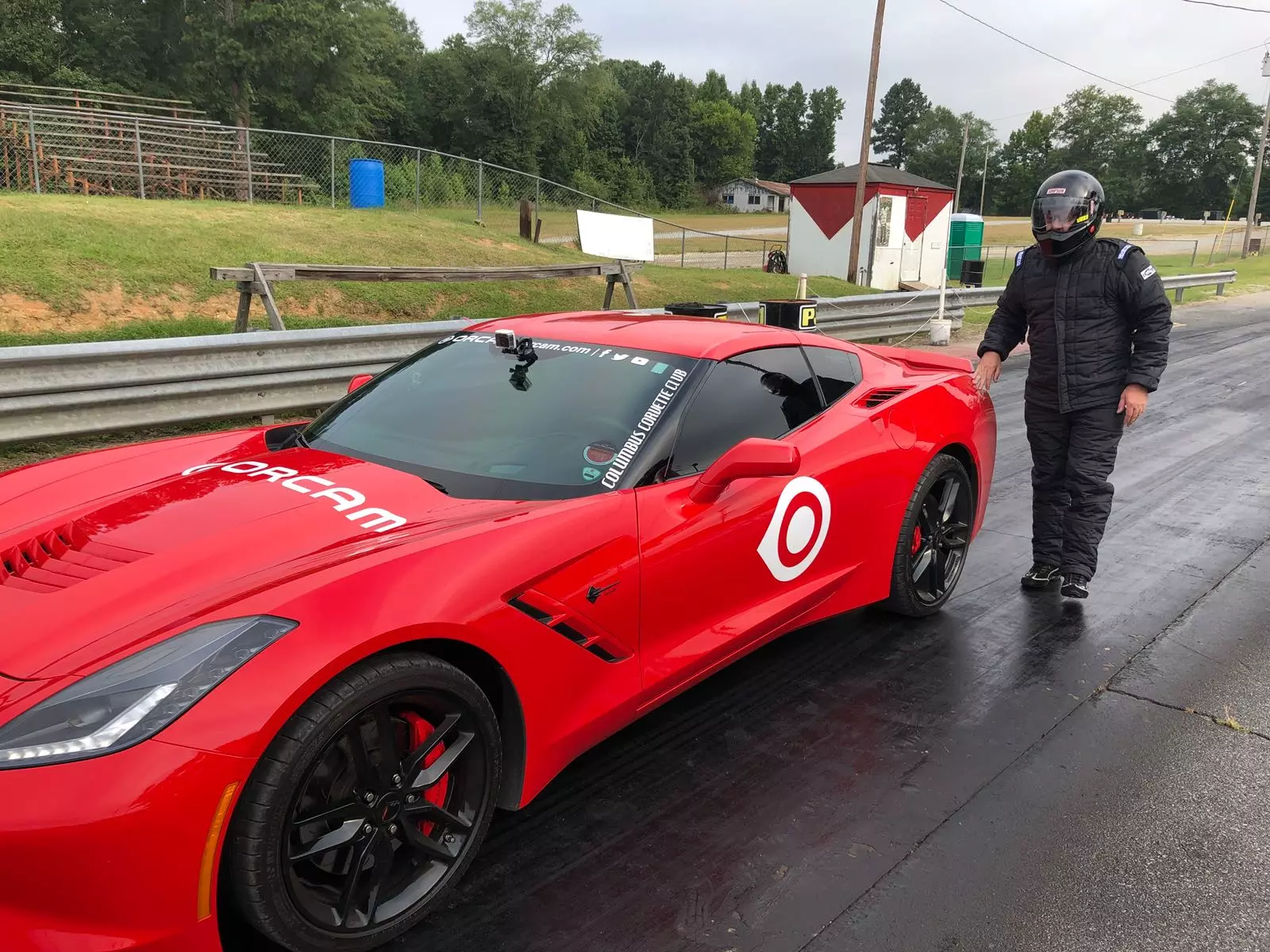
Racing has been my whole life.
In March 2012, while racing a 1963 Corvette Pro Modified car, the car suddenly made a hard right turn and hit the retaining wall. I have no memory of the crash itself. When I awoke from the medically-induced coma two weeks later, my sight was gone. The swelling in my brain damaged the optic nerve. I was completely blind. But I decided that would not stop me from achieving my goals.
I continued to work, and in September 2017 I accepted a job as a para-pro, or teacher’s assistant, at a high school teaching machine shop. My vocational rehabilitation counselor told me about OrCam MyEye, and the Georgia Vocational Rehabilitation Agency purchased the device for me.
The first night I got the OrCam MyEye, my girlfriend taped me as I demonstrated it to her. I have been a hot rod car guy, and car magazines were a part of my life that I thoroughly enjoyed. I loved reading about cars, racing, the history, everything, except that I hadn’t been able to read my magazines in years. That night, I read a magazine for the first time since losing my vision.
Teaching with OrCam
I teach machine shop, which of course is completely out of the ordinary for someone who’s completely blind. I don’t have any other blind machine shop teacher to look to for advice. I’m constantly thinking about ways to adapt to my job, adapt my teaching skills to my students, and creatively solve problems.
I have some adaptive machine shop tools, including talking machines and mechanical tools like a click rule. And I also have my OrCam MyEye.
With OrCam, I can help students on the fly as I walk around the classroom. If a student has a problem or if there’s a paragraph they are trying to understand – I can read the page, exactly where they are at, without wasting time finding a laptop and searching for the information.
I also rely on labels – for folders of handouts, on items in the machine shop – and use my OrCam MyEye to read the labels. And, I use OrCam’s facial recognition feature for my students.
At the beginning of the last school year, we had teacher training sessions. The first person to present didn’t know in advance that there would be a completely blind participant, and she worried about me staying up to speed with the class.
I was able to use my OrCam MyEye to read the printed material that was handed out. No one had to help me. I was independent and didn’t need to be treated differently from my peers.
Racing with OrCam
Becoming completely blind hasn’t stopped my racing ambitions. My goal is to become the world’s fastest blind man. With help from friends, I built a motorcycle equipped with guidance systems and drove it at the Bonneville Salt Flats in Utah.
Now, I’m building a Corvette that I’m planning to race next year. Each new car part that I receive in the mail comes with written instructions. I use my OrCam MyEye to read the instructions in advance, so that when an assistant comes over we know how to install it or modify it as needed for the Corvette.

OrCam MyEye 2.0
I recently upgraded to the OrCam MyEye 2.0, and it’s been a huge improvement. The MyEye 2.0 is small and light and doesn’t have the cable of the older model that would connect the head and base units. I feel safer around machinery, I don’t have to worry about the cable getting caught on a machine.
I keep the device on the lanyard around my neck so I always know where it is, and I can easily put it on or remove it. I also installed the OrCam mount on my safety glasses, so I can easily mount it there when I’m working in the shop.
OrCam is life-changing for me as a blind person.
More Stories
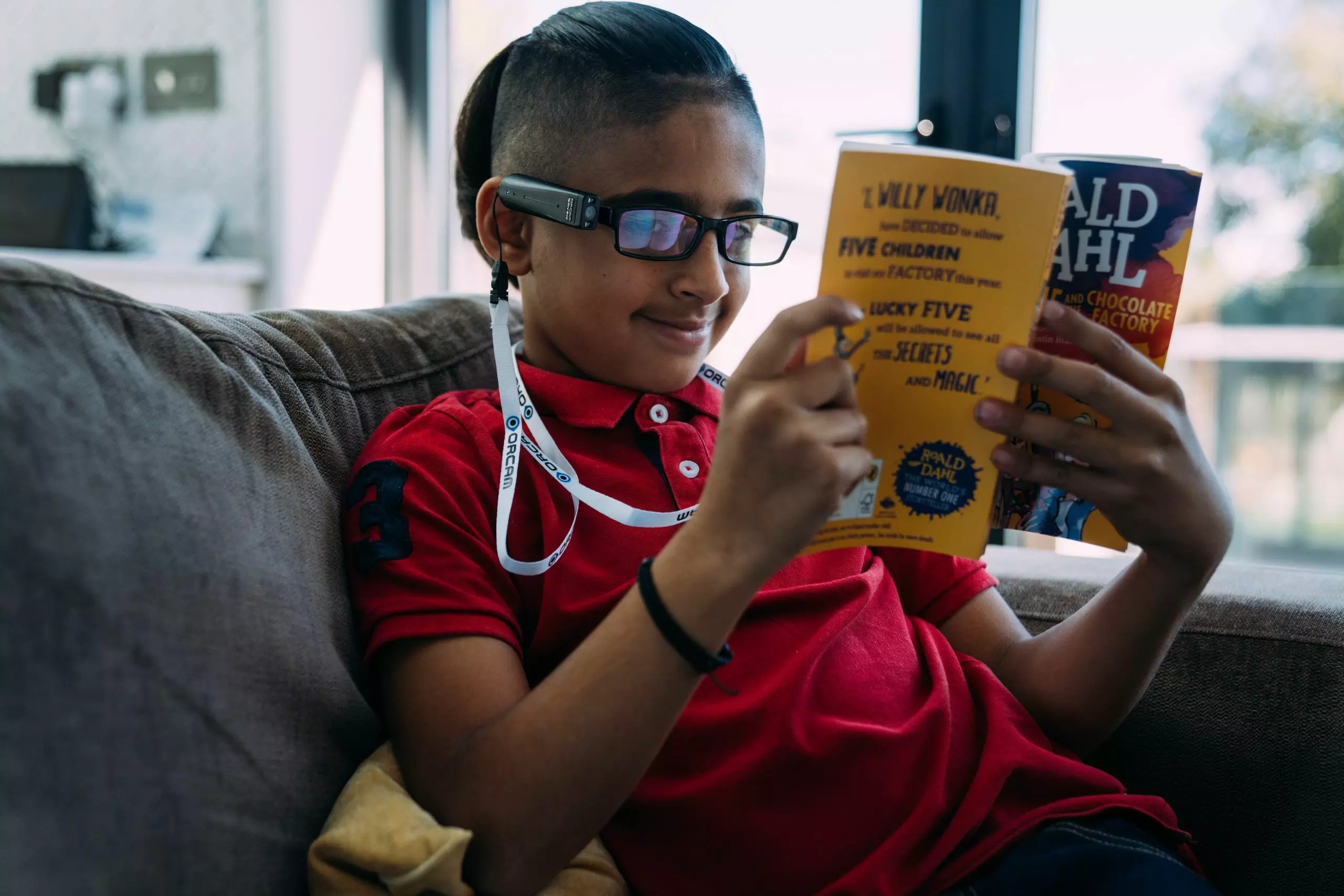
OrCam's tech empowers blind 10-year-old soccer fan to find independence
2024-01-23 | By OrCam Staff
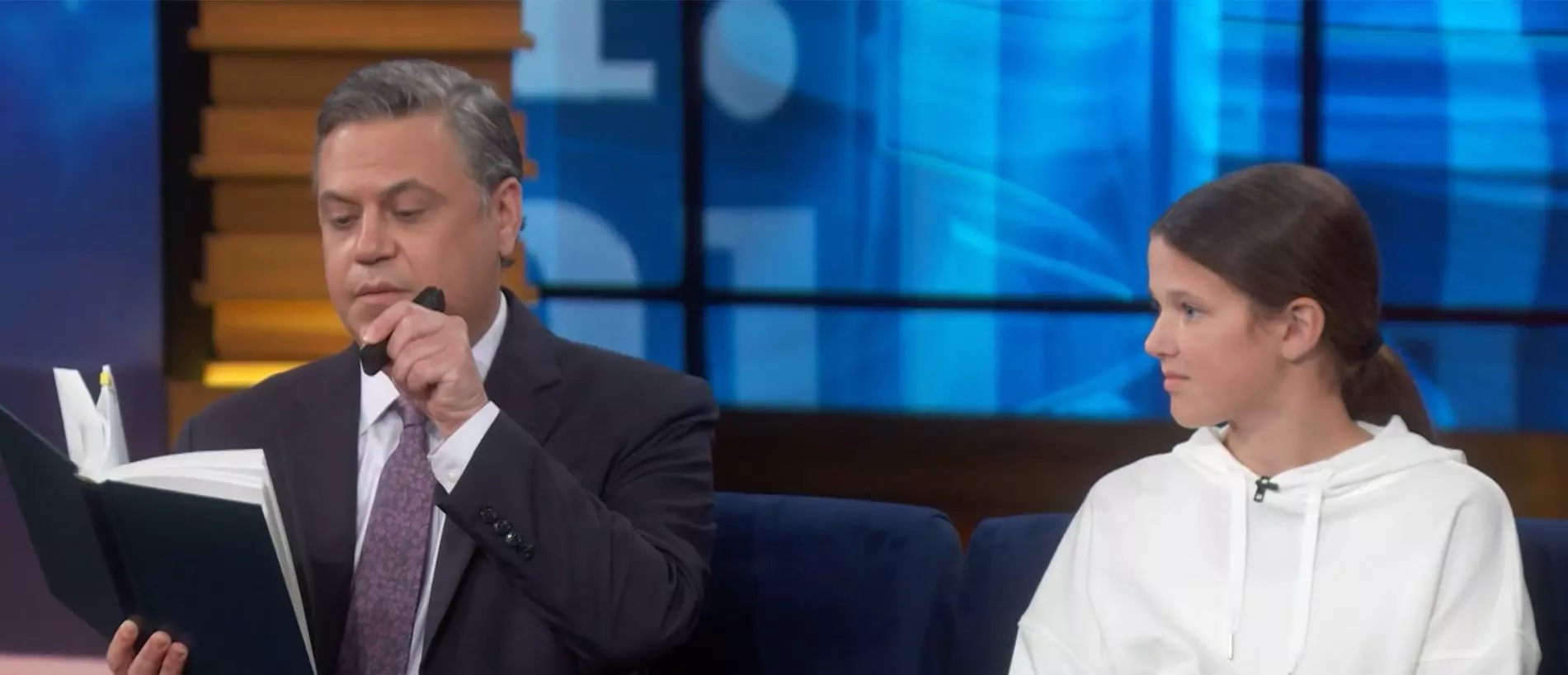
A Girl With Reading Challenges Receives A Life Changing Gift
2024-01-16 | By OrCam Staff
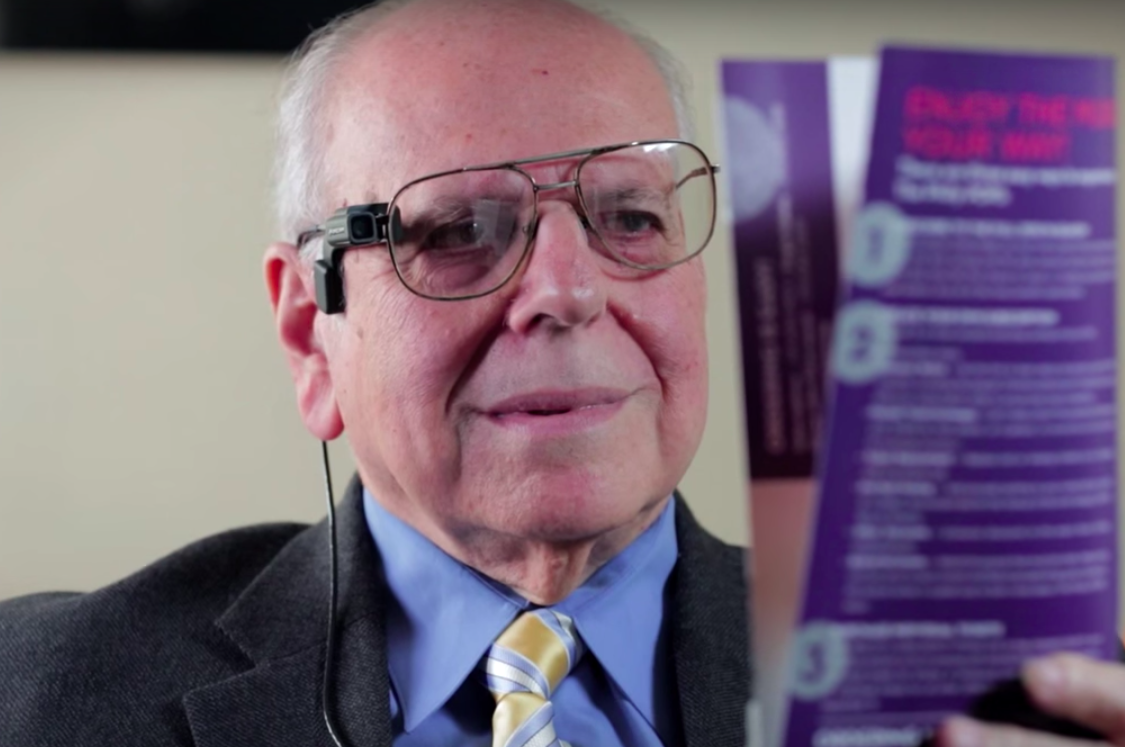
How OrCam Has Liberated Me: Dr. Leonard Rosenfeld's Story
2024-01-16 | By OrCam Staff
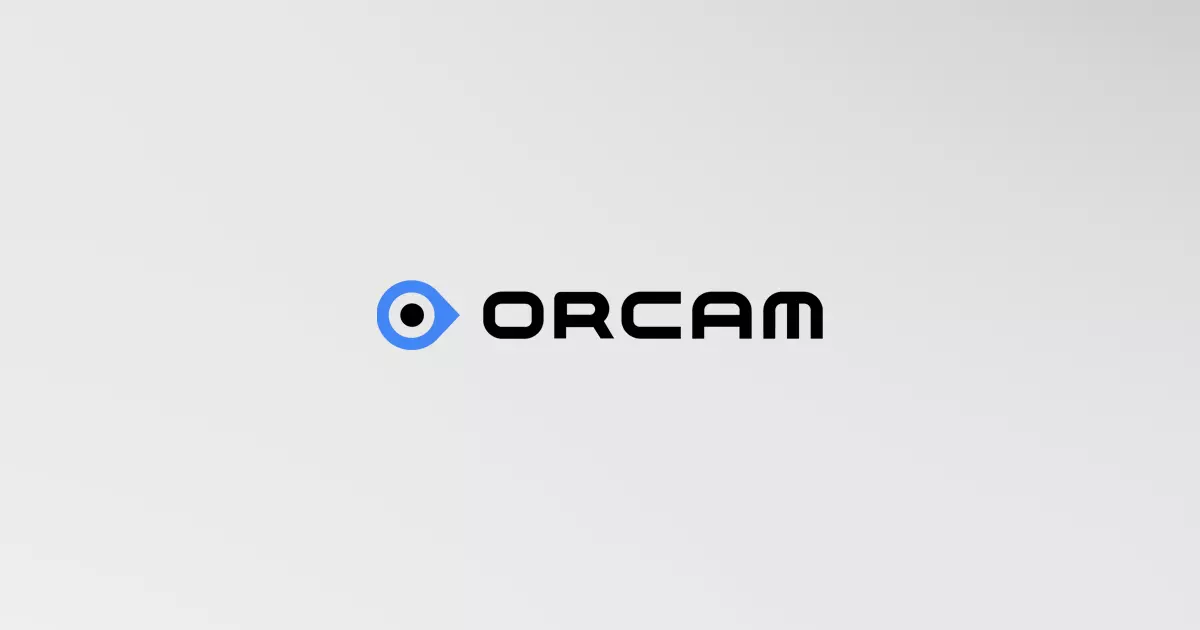
Meet Eli, OrCam's Youngest User Dealing with Childhood Blindness
2024-01-16 | By OrCam Staff

Re-Learning How to Read: How OrCam has Transformed My Vision
2024-01-10 | By OrCam Staff
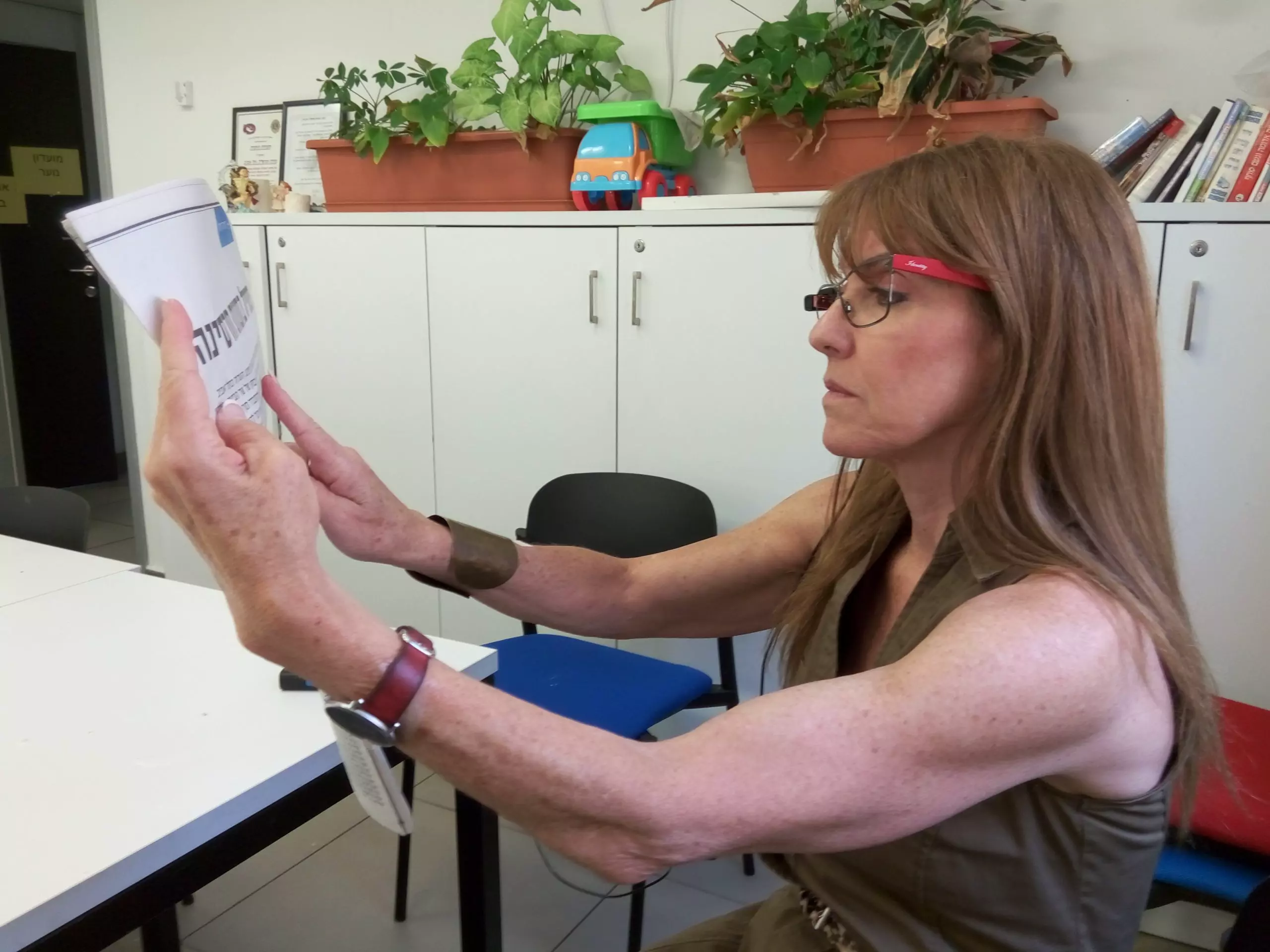
Read the guest post by Hadas Bar - OrCam
2023-12-17 | By OrCam Staff



